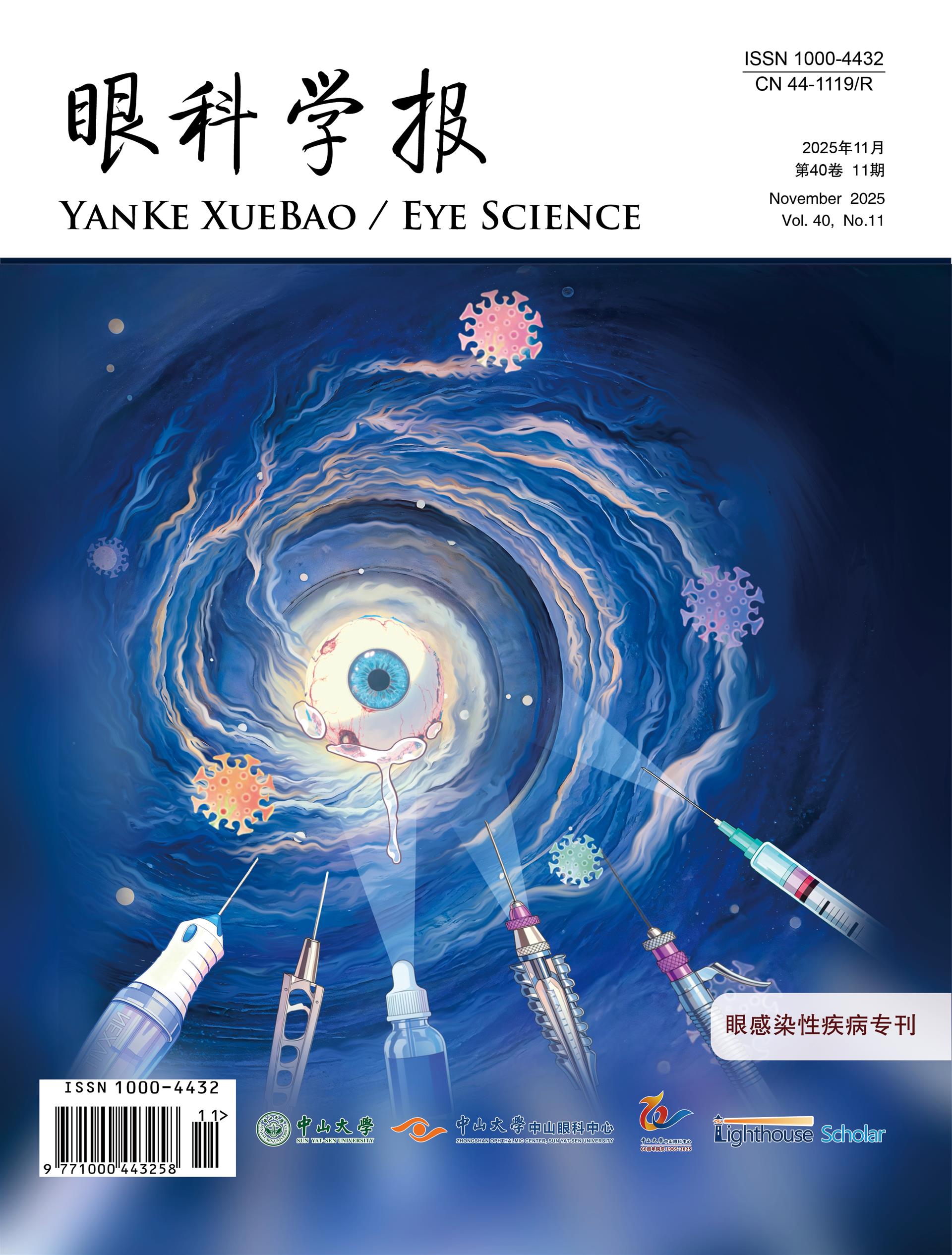Review Process
1. Initial Review: All submissions are initially reviewed by the editors to determine whether the manuscript meets the scope and standards of the journal.
2. Peer Review: The journal follows a double anonymous peer review process to ensure fairness. Eligible manuscripts are sent to at least two independent reviewers who assess the scientific quality of the work. Once the reviewers' comments are returned, the editorial office reviews them and organizes feedback for the authors. If revisions are requested, authors should follow the reviewers' and editors' suggestions to revise the manuscript and submit a revised version within the specified timeframe.
3. Final Decision by the Editor-in-Chief: Manuscripts that pass peer review will undergo a final review by the Editor-in-Chief, who will make the final decision on acceptance. The Editor-in-Chief's decision is final.
Review Policy
1. Reviewer Selection: Potential reviewers for a manuscript are typically identified by Editorial Board Members, journal authors, or from our reviewer database. When necessary, reviewers may be selected from scholarly databases such as PubMed or Web of Science. To ensure a convenient and efficient peer review process, reviews are conducted electronically and can be tracked via our journal system (journal website).
2. Conflict of Interest: Editors, editorial board members, and reviewers are not allowed to participate in the review or decision-making process for manuscripts submitted by themselves, their family members, colleagues, or anyone with whom they have a conflict of interest.
3. In-house Submissions: Submissions from the journal's editors, editorial board members, and reviewers are subject to the same review and editorial process as all other submissions. The review and editorial process of these submissions are conducted independently of the involved editors, board members, reviewers, or their research groups.
4. Special Issue Review: The above review process also applies to manuscripts submitted for special issues. Such manuscripts go through the same review and editorial process as regular submissions, with the Editor-in-Chief making the final decision. The Editor-in-Chief is responsible for all content in the journal, including special issues. In some cases, the editorial office may invite leading experts in relevant fields to serve as guest editors for the special issue. Their duties include helping solicit manuscripts, organizing peer reviews, and addressing any issues related to the publication of the special issue. The work of guest editors is overseen by the editorial office and the Editor-in-Chief to ensure a fair review process.
5. Double Anonymous Peer Review:
In this model, both the reviewer and the author remain anonymous. Some advantages of this model include:
· Author anonymity reduces reviewer bias, such as that related to an author's gender, country of origin, academic status, or previous publication history.
· Articles by prestigious or renowned authors are assessed based on their content rather than their reputation.
For our journal, which employs a double anonymous peer review process, the identities of both reviewers and authors are concealed throughout the review. To support this, authors must ensure their manuscripts are prepared to avoid revealing their identities to reviewers, either directly or indirectly.
Submissions for Double Anonymous Peer Review
The following items must be included in the submission and provided as separate files:
1) Title Page: The title page is kept separate from the manuscript throughout the peer review process and is not shared with reviewers. It should include:
· The manuscript title
· All authors' names and affiliations
· A contact address for the corresponding author, including an email address
· Acknowledgments
· Conflict of interest statement
2) Anonymized Manuscript: Authors must ensure that all identifiable information is removed from the manuscript, including names and institutional affiliations of the authors before submission. In addition to removing author details under the manuscript title, the following steps should be taken to ensure the manuscript is properly anonymized:
· Use the third person when referring to the authors’ previous work
· Make sure that figures and tables do not contain any reference to author affiliations.
· Exclude acknowledgments and any references to funding sources from the manuscript. These details should be included on the title page to inform the editor.
· Choose file names carefully to avoid identifying information.
· Ensure the file properties are anonymized. For Microsoft Office 2007 or later, consider using the Document Inspector Tool prior to submission.
· Take care not to inadvertently include identifying information in any files that will be shared with reviewers. All file types, except the title page, cover letter, and LaTeX source files, are typically included in the version of the manuscript sent to reviewers.
Revision Submission
When revisions are requested, the corresponding author will receive an email containing the revision decision along with comments from reviewers and/or editors. To proceed, login as an author at https://journal.gzzoc.com/ using your username and password. The manuscript will be listed in the author menu under "Submissions Needing Revision".
Carefully review the editor's and reviewers' comments, and revise your files accordingly. Prepare two versions of the revised manuscript: a clean version with all changes accepted and a tracked changes version showing all modifications. Once the revisions are complete, return to https://journal.gzzoc.com/. Under "Submissions Needing Revision", select "Revise Submission" to begin the submission process. Revised manuscripts must be submitted within 60 days.
The following file types must be uploaded to submit a revised article:
· Manuscript File (the clean revised version)
· Revised Manuscript File with Track Changes
· Author Contribution Form
· ICMJE Conflict of Interest Form (one per author)
· Cover Letter
· Response to Reviewers (Point-by-Point response)
Before finalizing your submission, you will have an opportunity to review the completed revised version. Please read and acknowledge the Publication Ethics statement before clicking the "Complete Submission" button.
If you choose to withdraw your paper instead of submitting a revision, please log in to the system and select "Decline to Revise".
Editing & Publishing Process
After one to three rounds of review and revision, the final accepted manuscripts are sent to native English-speaking language editors for complimentary language editing.
· The edited manuscript is passed to the copy editors.
· The copy editors cross-edit the manuscripts and contact the authors with copyediting questions.
· The copyedited manuscript is passed to the typesetting editor.
· The typesetting editor typesets the manuscript with InDesign to produce a PDF.
· The eProof editors contact the authors for proofreading.
· The HTML/XML editors produce HTML and XML electronic versions of the manuscript.
· The manuscript is published in “Articles in Press”.
· The manuscript is officially published in a specific issue of a journal and distributed.

















